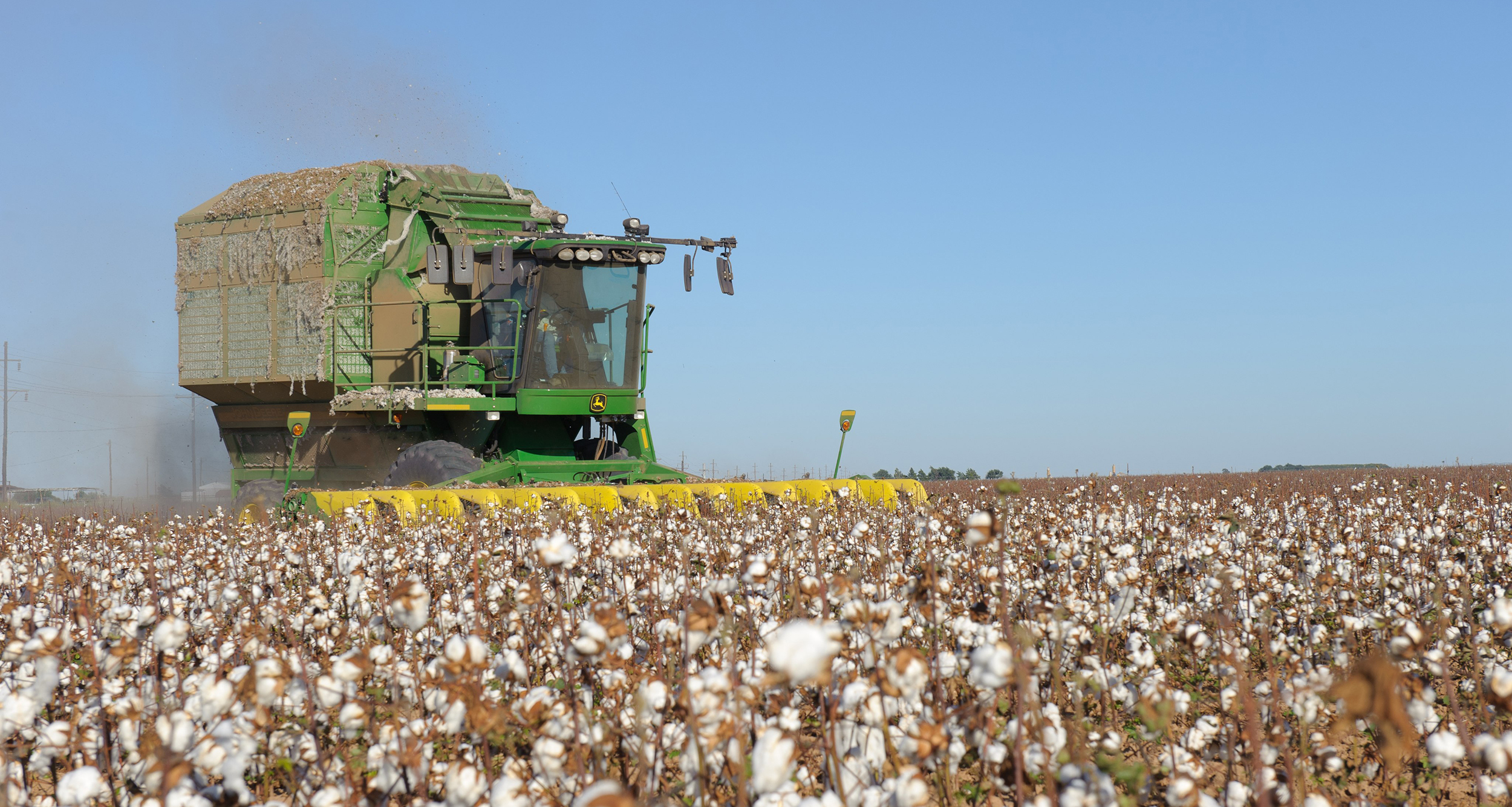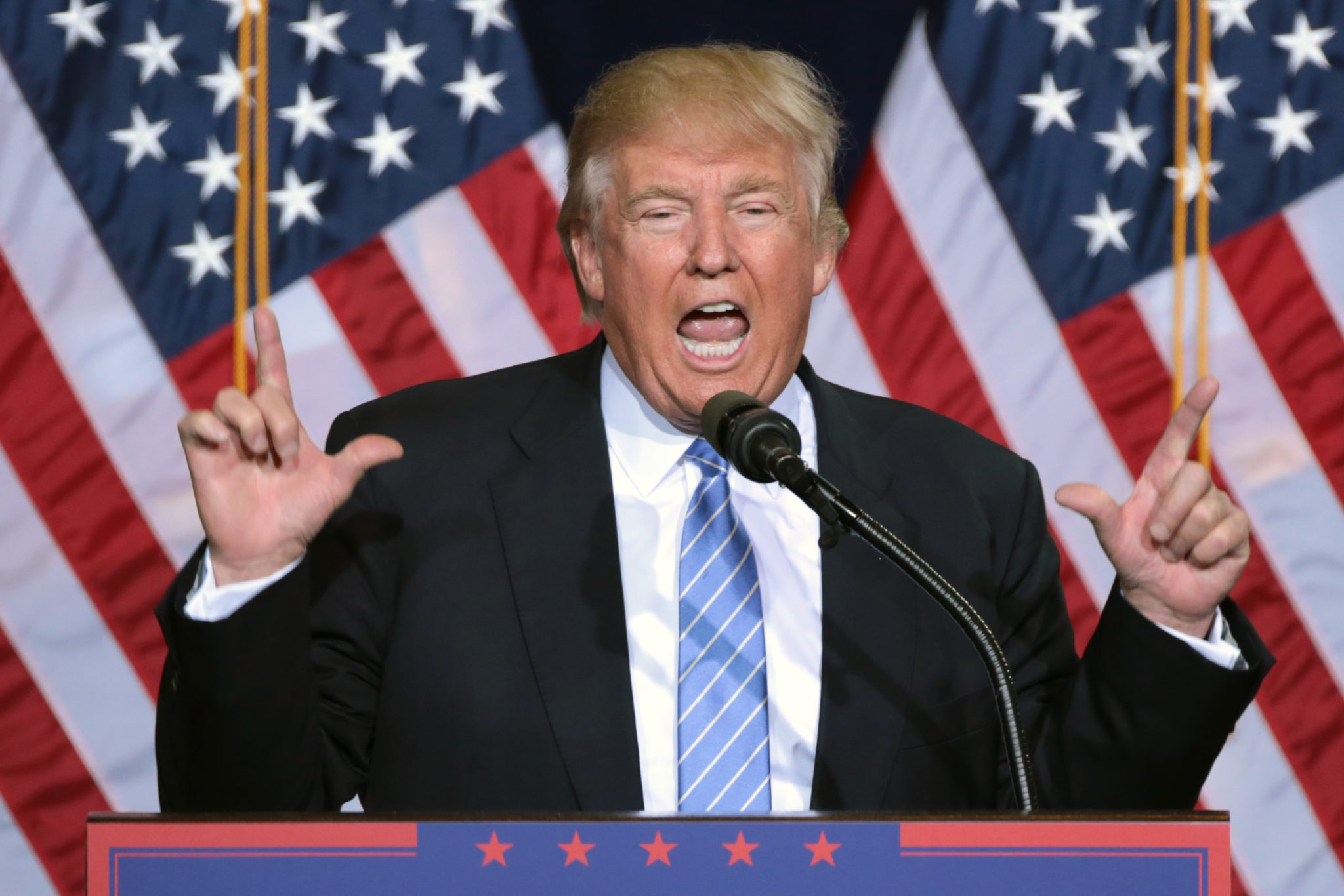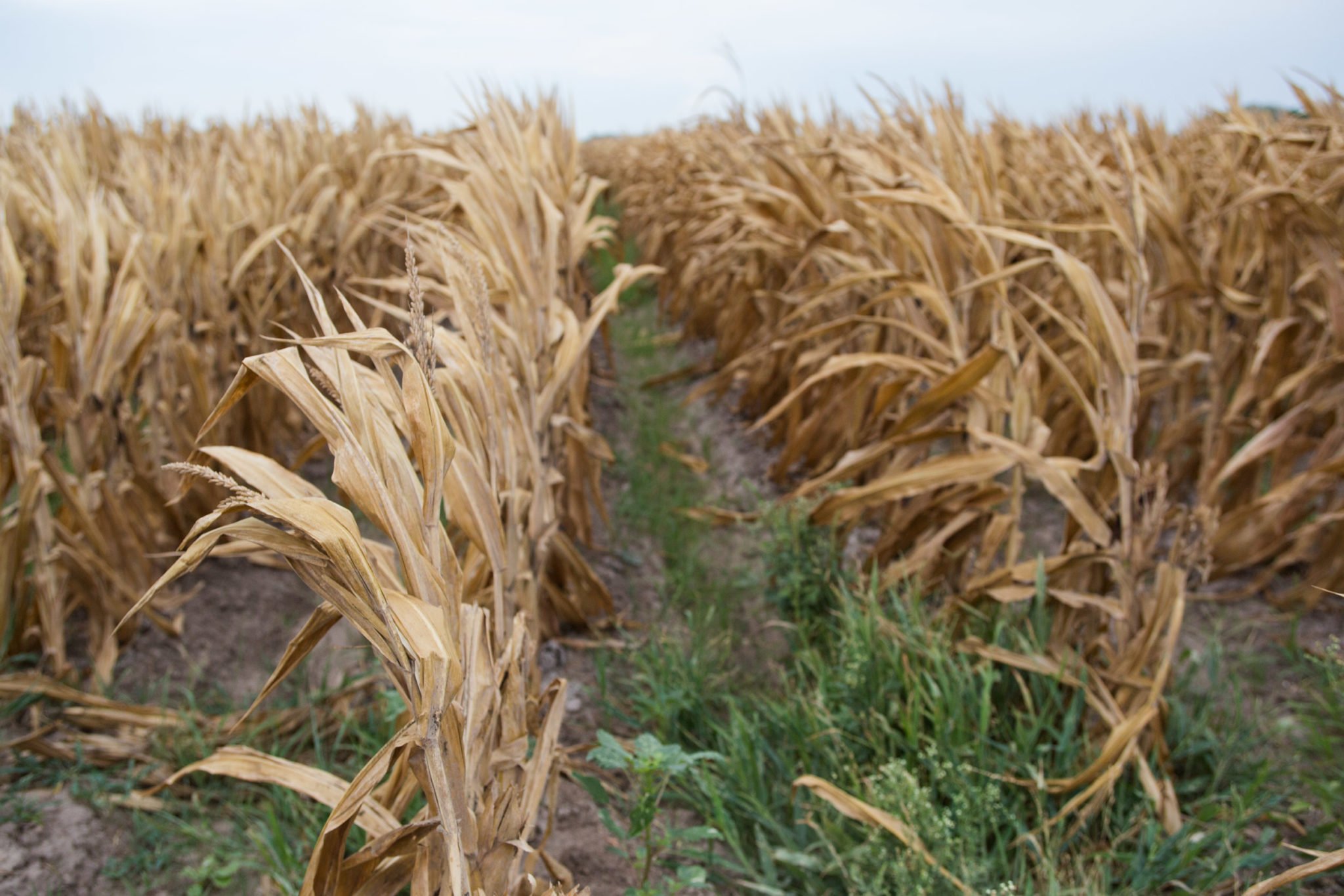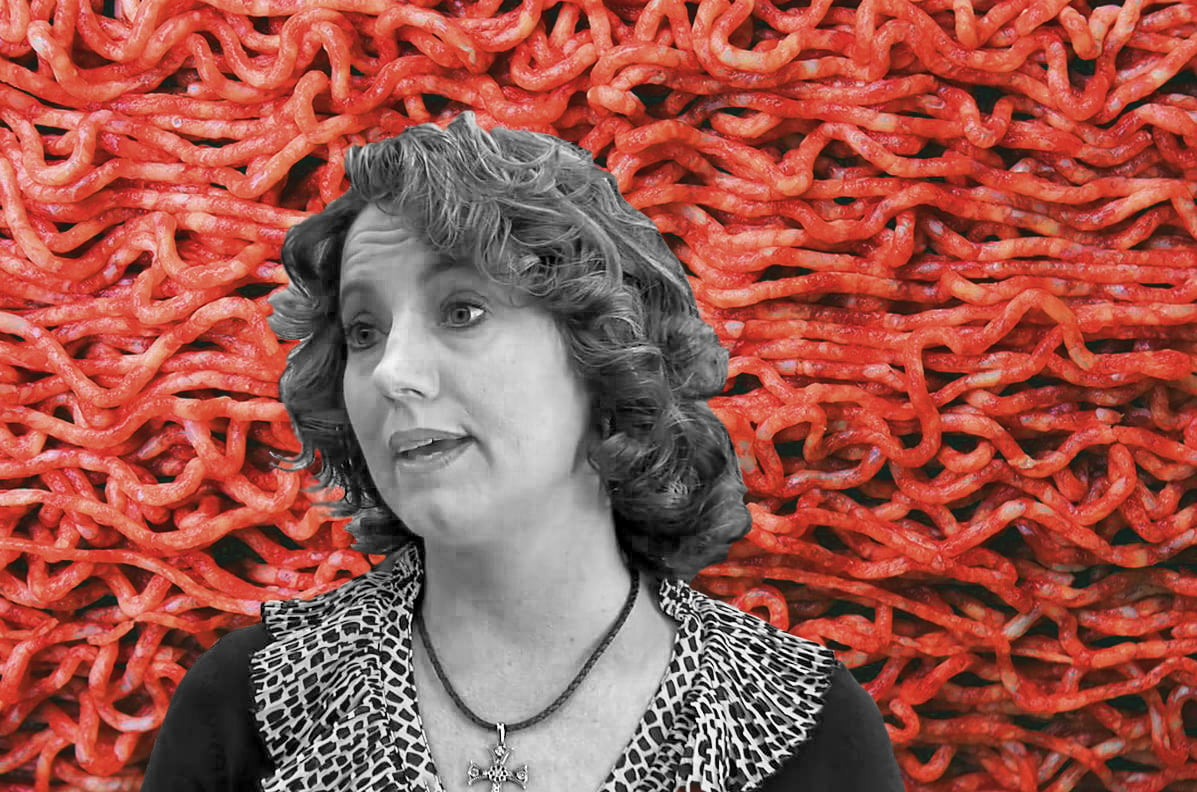
For Some Texas Farmers, Tariff Relief Payments Are Supersized
Trump promised to help farmers burned by his trade war with China, but the state’s most powerful producers have received aid far exceeding the federal cap.

For some commodity farmers in Texas, Donald Trump must seem a little like a Sour Patch Kid: First he’s sour, then he’s sweet.
The president burned agricultural producers and sent futures prices plummeting last year when he plunged the nation into a trade war with China, a major importer of soybeans, cotton, sorghum and other top U.S. crops. As each country ratcheted up import tariffs against the other, farmers in Texas and across the nation held on to massive stockpiles of harvested crops, hoping to move their product when the saber-rattling finally ceased. Though the countries have discussed a momentary ceasefire in the dispute, China has held firm on tariffs for $60 billion of American goods.
That’s the sour.

Now, the sweet: Trump’s Department of Agriculture pledged to rescue farmers last year, announcing a plan to deliver up to $12 billion in taxpayer money to affected farmers. The plan allowed those who lost money on certain commodity crops to apply for subsidies to help balance their books. There was a catch: The payments were limited to $125,000 per farmer. But as it turns out, thanks to loopholes in the USDA’s payment rules, some farmers in Texas and elsewhere were able to collect more. In some cases, a lot more.
This month, the Associated Press reported that 3,000 farms received financial aid in excess of the $125,000 cap — some more than $900,000. The Environmental Working Group, an advocacy group based in Washington, D.C., that tracks farm subsidy payments, released data to the Observer this week showing that some large farms in Texas also received payouts well above the limit. As of April, 135 Texas farms got taxpayer funding above the cap, data shows. These farms account for roughly 12 percent of aid recipients in the state.
The payouts are spread throughout the state, but some of the biggest went to large-scale producers in the Panhandle, the locus of the state’s corn and cotton industries. Frische Farms in Dumas was the biggest earner, receiving $959,000 in bailout money, mostly for cotton. H Bar H Farms in Dalhart came in second — $598,000 — also mostly for cotton.
“That’s a very small number of farmers getting most of the aid. We don’t think it’s an equitable distribution of funding.”
An owner of Frische Farms was unreachable for comment on this story. Mark Howard of H Bar H Farms said his business’s payment was based on his operation’s acreage; he declined to say how many acres he farms. But Howard defended the payments his farm received, saying that even with nearly $600,000 in aid, the payments don’t “in any way, form or fashion” make up for lost crop revenue.
The USDA offered a few ways for agricultural producers to circumvent payment caps. Despite originally capping payments at $125,000 “per person or legal entity,” the agency still allowed farms with multiple controlling partners to claim the maximum payment for each partner. And in the 2018 Farm Bill, Congress allowed subsidies to be extended to cousins, nieces, nephews and other family members of farmers, so long as they’re “actively engaged” in farmwork. The USDA did not respond to Observer questions on Friday.
Large farms — those with more than 1,000 acres — represent only 8 percent of the state’s agricultural operations, according to the USDA. Still, large farms tend to rake in the vast majority of crop subsidies here, leaving little tax money to trickle down to smaller producers. That could be particularly problematic given the sad financial state of the average U.S. farm, where the median farm income in 2019 is projected to be negative $1,449.

The systemic problem is perpetuated by the trade aid payments, said Anne Weir Schechinger, a senior analyst at EWG who studies crop subsidies. She noted that in Texas, the top 20 percent of trade aid recipients gobbled up 83 percent of payments. “That’s a very small number of farmers getting most of the aid,” she said. “We don’t think it’s an equitable distribution of funding.”
What’s more, Schechinger said, the trade aid payments are on top of a mountain of other financial assistance the USDA already sends to commodity farmers: crop insurance subsidies, price loss coverage and disaster recovery payments. While these types of subsidies are summarily offered to producers of corn, cotton, sorghum, wheat and other commodities, other important agricultural pursuits, such as cattle ranching and fruit and vegetable growing, get little in the way of government help, she said.
The USDA, anticipating a protracted trade battle, is preparing to send out a second round of aid totaling $16 billion later this year. Trump defended his administration’s trade aid program ata stop in Milwaukee last week. During a speech, he inadvertently illustrated the program’s inequity: “Some of the farmers are doing really well,” he said.
READ MORE:
-
Top 1 Percent of Texas Commodity Farmers Get Quarter of $1.6 Billion in Subsidies: Subsidy program reforms were supposed to save taxpayers billions, but corn and sorghum farmers in Texas are getting more money than they have in a decade.
-
These Rural Panhandle Towns Should be Shrinking. But Thanks to Immigrants, They’re Booming: In the farming town of Dalhart, where voters resoundingly put Trump in office, immigrants have staved off population loss and boosted the local economy.
-
Under Mindy Brashears’ Leadership, USDA Will Let Swine Slaughter Facilities Go Hog Wild: An inspector at a special deregulated hog plant told the Observer that the USDA’s new pork slaughter proposal that eliminates maximum line speeds is a “recipe for disaster.”
-
Texas Farmers are Fed Up With Trump’s Trade War, but Most Stop Short of Blaming Him: The state’s dominant ag products, valued at $18 billion, are in the crosshairs of retaliatory tariffs. Still, most farmers here are hesitant to criticize Trump.


